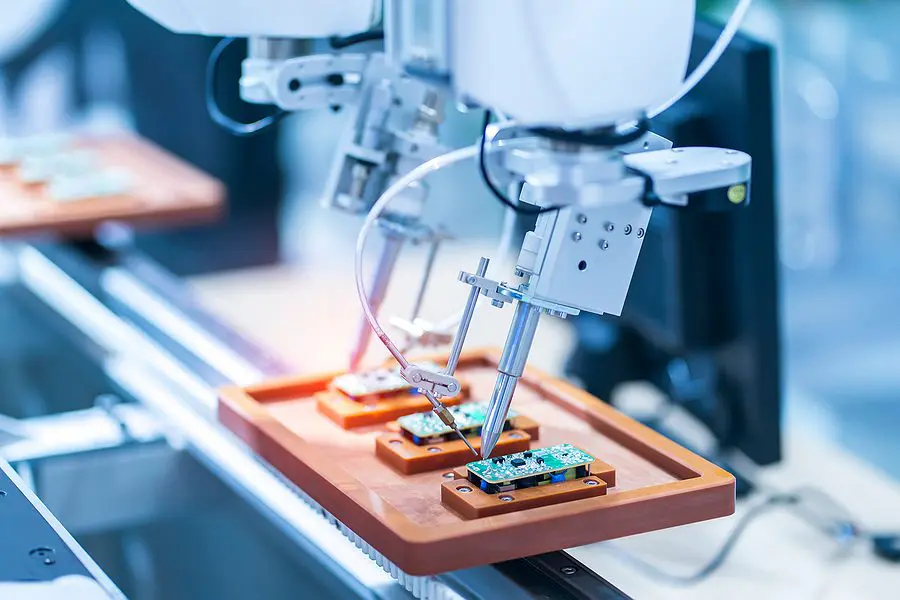Understanding Supply Chain Management for Electronic Manufacturers
Planning for supply chain success is important for all manufacturing, but particularly for electronic manufacturers. Shortages of components or materials, as well as an oversupply of inventory, can both cause problems that will impact your profit, efficiency, and reliability. Understanding supply chain management will help you avoid logistics challenges.

What is Supply Chain Management?
Supply chain management is the network that connects the logistics of product manufacturing and service delivery. Well designed supply chain management can improve product quality, customer satisfaction, and efficiency. When you are developing your plan for a supply chain management system, focus on:
-
How the parts are transported.
Transportation is important and the most significant element of the system. A good supply chain management system consists of clear logistics and proper transport for each specific part. The management of transportation is critical to on-time delivery.
-
Where and how the parts are stored.
Warehousing – where and how the parts are stored – is another critical aspect of a supply chain management system. The type of part and product determines the specific requirements for storage to ensure that warehousing is safe, efficient, and correctly cataloged.
-
How the parts are sourced and what the procurement process is.
To balance the internal and external demands of the customer while taking into account technological change, you need a team that understands sourcing and procurement. Industrial competition and fluctuation in the availability and cost of raw materials have heightened the need for understanding sourcing.
Benefits of Supply Chain Management
Having a strong handle of the supply chain allows your electronic manufacturer to:
-
Forecast parts availability.
Part obsolescence is a real issue for electronic manufacturers. Parts managers may choose to discontinue particular components, and a substitute may not be available. Usually, over a period of one to two years, a part manufacturer will offer last time buys, allowing you the time to manage inventory, order ahead, or transition to a different design. A plan for obsolescence should be part of the supply chain management system.

-
Plan ahead.
The future is uncertain and planning ahead can help prevent any potential issues that may arise for compliance. High demand may create limited manufacturing capability, so product priorities can be addressed with supply chain management. This will prevent both shortages and overages.
-
Avoid counterfeit parts.
Counterfeit – or gray market – parts and components should be avoided completely. Counterfeit products can deceive buyers into purchasing devices and components that will present problems later in the process. When you don’t have a strong handle on your supply chain, it is tempting to use an unapproved distributor in times where the materials have long lead times, but it is almost never a good idea, as the risk of counterfeit parts is simply too high.
Start Your Quote Now!Supply chain management should always be built into the product development process, and partnering with an ECM who already has a proper and successful supply chain management process in place is important. Supply chain management can help with scheduling, forecasting, efficiency, reliability, and cost savings. When looking for an electronic manufacturing partner, finding one who understands the importance of supply chain management is key for your product success. Levison Enterprises relies on a long list of vetted suppliers, and follows strict standards throughout the manufacturing process to deliver a reliable product. Contact us today to discuss your next project.